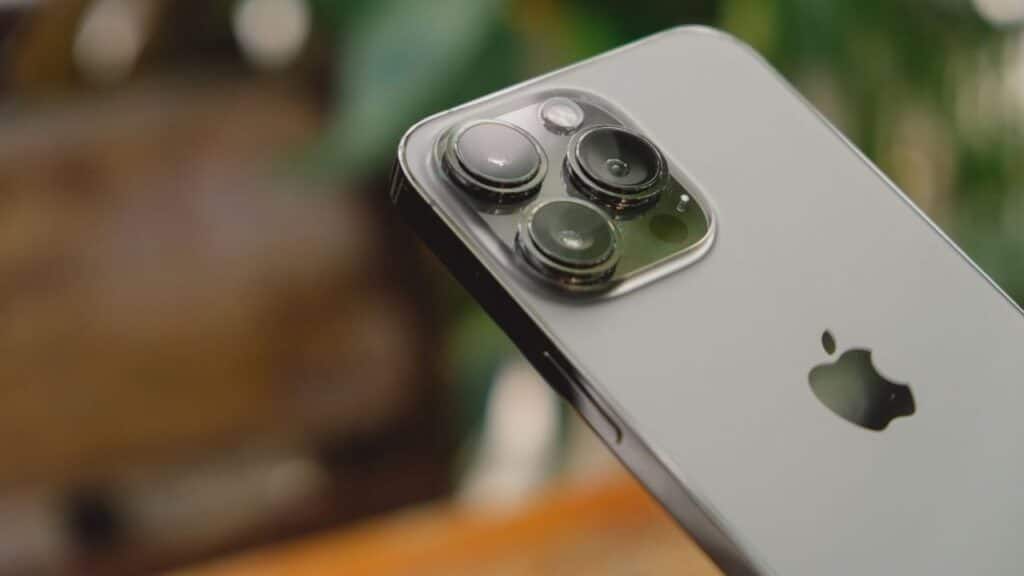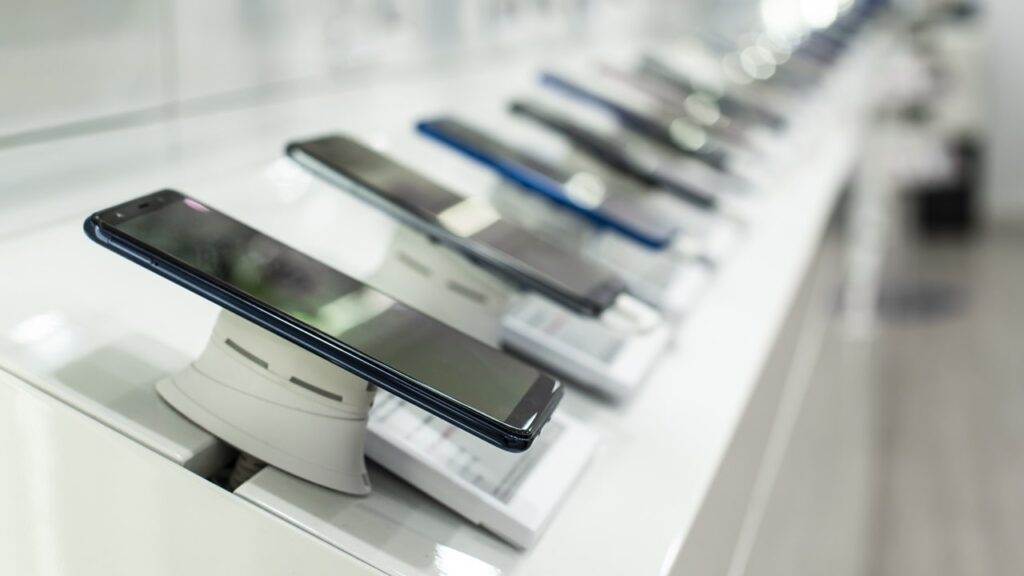No, it’s not your impression. Each have them smartphones increase in price; so much so that the question arises spontaneously: why do they always cost more? The answer has only partly to do with the economy in general: inflation is not the only “culprit”. Our habits and expectations also play an important role.
Why do smartphones cost more and more?
With each passing year, the price of smartphones grows inexorably. The era in which you could buy a top-of-the-range smartphone without exceeding the 1000 euro threshold is now a distant memory. Some models, especially the foldable ones and the versions with more memory (up to one terabyte), exceed 2000 euros without difficulty.
No doubt, the general trend of the economy plays a role in all this. But it doesn’t quite justify the price increase. In the United States, from 2013 to today, prices for products have increased on average by 41.89% (Italy has similar values, slightly higher). At the same time, the price of the American smartphone par excellence, iPhone, more than doubled for the most expensive version. The 64GB iPhone 5s cost 959 euros, while the 1TB iPhone 15 Pro Max costs 1989 euros.

For other smartphones, the price has increased even more. In 2013, Samsung’s Galaxy S4 cost 699 euros, the Galaxy S23 at the beginning of this year cost 979 euros in the basic version, but the Ultra model with 1TB of memory reached 1899 euros: almost three times as much for the most expensive option.
If we take the comparison back in time (15, 20 years) the cost of mobile phones becomes a fraction of today’s best smartphones. And we can’t blame inflation alone: there are several other factors at play.
More complex technologies (and expensive to develop and produce)
Numerous factors combine to explain the increase in prices, well beyond the fluctuations of the economy in general. First, today’s smartphones are increasingly sophisticated objects, focused on maximum technology, with increasingly high-performance and efficient components. They are truly powerful computers that we keep in our pockets, a very different situation from way back in 2000, when all we needed was a Nokia 3310 to send text messages and play Snake. It is also different from more recent times, like ten or even five years ago.
This greater technology can be seen in the components: decidedly more powerful processors, higher amounts of memory (ten years ago it didn’t go beyond 64GB, today it reaches terabytes). And then cameras with large and expensive sensors. But what has really changed is our dependence on these technologies – which are not necessary, but increasingly convenient.
Use banking apps without going to a branch, pay with your smartphone without taking out your credit card and capture high-quality photos without the hassle of dedicated cameras. All this depends on the computing capacity of our mobile devices, which are increasingly performing and also safer.

More people are willing to spend on the smartphone because it is become a nerve center for many of us: we use it to work, to travel, to live every day. If once everyone also had a computer (at least in the office) to rely on, more and more users have smartphones as their main tool for online interaction – and therefore can spend more. And companies know it: they can offer smartphones well above a thousand euros because they know they will find buyers.
Increase in the cost of raw materials
Another determining reason for this trend is represented by raw material, especially the minerals contained in rechargeable batteries and chips. These materials are increasingly in demand, also due to the ecological transition underway. In fact, many of the minerals found in smartphones are also found in solar panels and electric cars.

Il lithium is an excellent example: if in 2013 it cost 5.64 dollars per kilogram, at the time of writing this review it is worth $14.46 per kilo. Almost three times as much – but much less than the peak reached in November 2022 a 81 dollars per kilogram. Smart companies adjust price and inventory to best manage these swings, but they also have to face the reality of rising average costs. And very often this affects the price of the devices.
Innovative technologies to stand out
In 2007, when the first iPhone debuted on the market, it competed only with the first Android smartphones and “old” cell phones. However, interesting alternatives soon arrived, with competitive prices. And this continues today: with many different companies on the market, the mid-range and entry level offers truly excellent smartphones at overall low prices. But when it comes to top of the range, the best of the best, the competition has driven the price in the opposite direction compared to the classic “market leveling”.“.
At one time, most Android manufacturers competed primarily on price. But in a market that it demands more and more top-of-the-range smartphones, each manufacturer launches its own solution. This saturation requires producers to have a clear strategy and Impressive innovations to stand out.

Companies know that consumers, once a certain spending threshold is exceeded, are not satisfied with the “best camera for the price”. They want the best camera, period. So companies like Apple and Google invest millions to develop the best possible software, other manufacturers sign partnerships with brands specialized in photography. Everyone wants the best sensor, the latest.
However, Investing in innovation entails significant economic costs. Not only for photography, but also for the development of new technologies, such as smartphones with foldable screens. Furthermore, once you have the different and better product, you have to make it known. So, companies invest more money in the advertising campaigns that promote these innovations.
Smartphones cost more and more: why it’s not necessarily bad news
Inflation, cost of raw materials, increased demand (with fewer spending limits), development and marketing costs continuously increasing. And beyond these trends, there are particular factors that are difficult to predict: US sanctions against China, energy costs that depend on geopolitics and much more. The sum of all these factors has led to a significant increase in production costs of smartphones. Which affects our pockets.
However, there is more than one positive side to be found. Those of us who cannot do without top of the range products, because we want the best, can use them for a long time. Quality smartphones they can easily last 4-5 years if cared for carefully. Many more companies also support smartphones on a software level for a long time. This allows you to spread the cost over several years. And it also allows you to buy refurbished top-of-the-range products from the previous year, without sacrificing quality.

Furthermore, those who prefer to spend less can find mid-range and even low-range smartphones that have good technologies: perhaps not the best camera, but fast charging and battery life, powerful chips, software capable of anything. This is also because companies, after having invested in research and development for a technology for its top of the rangein the following years they also brought the best technologies to less expensive products to justify the costs.
Perhaps these two phenomena are only consolations. But they demonstrate that the smartphone market is mature: There are offers across many price points and customer support is better than before, on average. Finally, it should be kept in mind that smartphones from 2,000 euros are not meant for everyone. If it is true that top-of-the-range smartphones cost more and more, it is equally true that 99% of users can stay under a thousand euros without regretting it. Indeed, many are happy with smartphones under two hundred: it depends on the use. For this reason, when it comes to technology, it is better to read a few more reviews and understand what you really need.















Leave a Reply
View Comments